How can a .cmd script run from within a Visual Studio (2005, 2008, 2010, 2012 and 2013 respectively) project's pre-link stage determine whether this is a full rebuild ... or "ordinary" build ... ?
I do not know if the exact thing that you are asking can be done - perhaps someone else knows how to do it. I will, however, suggest an alternate approach.
My approach is to remove the build of the Lua library from the pre-link step to a separate Visual Studio NMake project. If you create an NMake project, you will be able to know which type of build (build or rebuild) is occurring.
Note that later versions of Visual Studio simply refer to the project type as "Make". For discussion purposes here, I will refer to the project type as "NMake". I believe this is just a naming difference, and that the underlying build project remains the same between the two versions.
As a simple test, I created two Visual Studio applications: 1) an NMake project that calls a batch file to create a static library, and 2) a console application that consumes the library from step 1.
The NMake Project
In Visual Studio, if you create a new NMake project, you will see a dialog that allows you to provide MS-DOS commands:

As you can see, there are commands for: Build, Clean, Rebuild, and others. I don't have a screen shot of the above dialog with my commands, but here is my NMake project's properties:

My Build command just checks for the existence of the output file (lua.lib). If it does not exist, then it calls the rebuild.bat batch file. My Rebuild command always calls the batch file. My Clean command just deletes the output. I am not really sure what the Output command is used for, but I just filled in the path to the build output (lua.lib).
Now if you do a build, the lua.lib file will only be created if it is not there. If it is already there, nothing is done. If you do a rebuild, then a new lua.lib file is created.
The Console Application
In my console application, I added a reference to the NMake project - this way the NMake project is built prior to the console application. Here is the console application's reference page:

I also added the lua.lib file as an input during the application's link stage:

When the console application is built (during a build), it will build the NMake project if needed, and use the output (lua.lib) during the linker stage. When the console application is rebuilt (during a rebuild), it will also rebuild the NMake project.
Other Thoughts
My screen shots above only show the debug version of the properties. Your projects will have to account for the release version. There probably is a VS macro to handle this, but I am not sure since it has been ages since I've done anything with C/ C++.
In my testing above I use a single build batch file for both the build and rebuild. Obviously, you could do the same or you could use different batch files.



